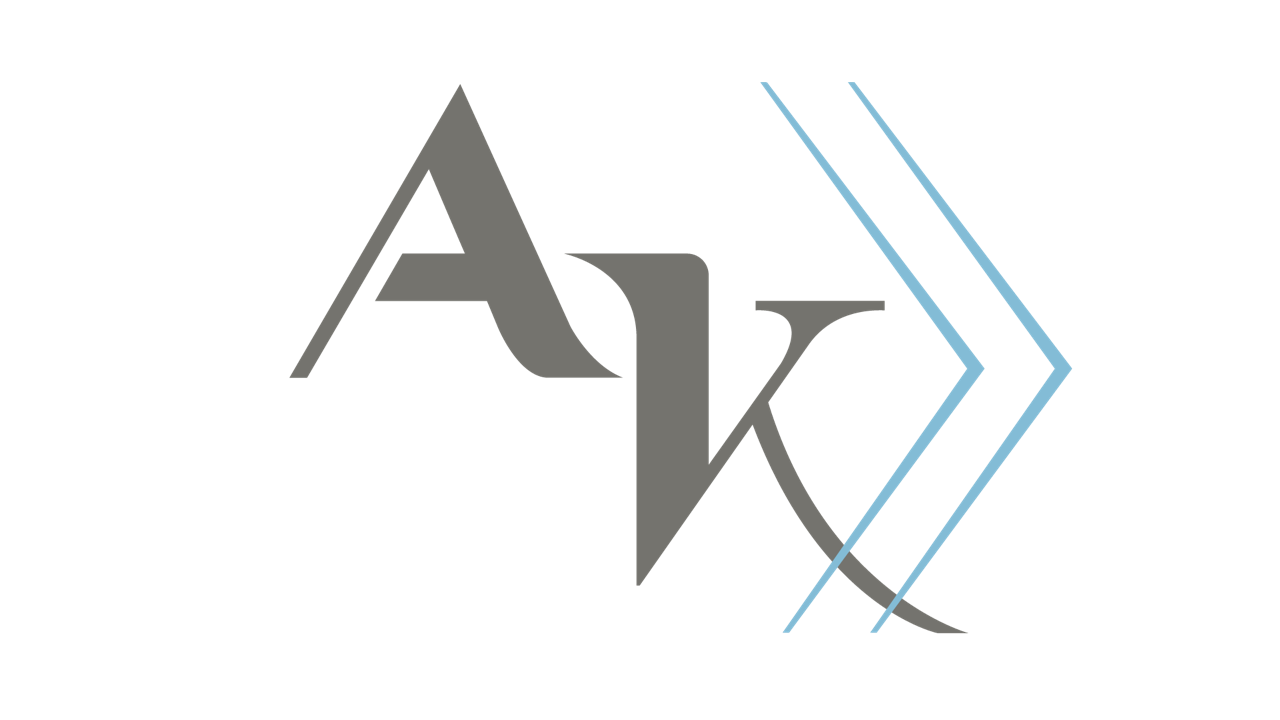What exercises should you do with diastasis recti?
Diastasis recti (DR) is a common diagnosis postpartum, and there are many myths around diastasis recti. (Check out our previous blog post on the top 5 myths about diastasis recti here). One of the main things folks with DR want to know is what exercises they should or should not do. There is a lot of conflicting information out there about this topic, so let’s dive in and set the record straight.
But first, what is diastasis recti?
Diastasis recti is the lengthening of the linea alba, which is the connective tissue that runs between the two sides of the rectus abdominis muscle (your 6 pack muscle). Research has shown that up to 100% of pregnant women will have DR during their pregnancy (although you do not have to have been pregnant to have DR). DR can stick around postpartum and many women are concerned about how to safely return to exercise. The good news is, no matter how significant your DR is you do not have to be afraid to move!
Can I really reduce the gap with exercise?
Many women with DR are concerned about the distance of the “gap” in their abdomen. You may hear people saying certain exercises will “reduce the gap” or could “make the gap worse”. But what does the “gap” really mean?
As a PT, when I assess for diastasis recti I am looking at how wide the linea alba is, but more importantly I want to see if there is good tension. If it is very easy to sink my finger in without much resistance, that means the linea alba isn’t creating good tension, and that is something we can improve. Sometimes as the core gets stronger and linea alba tension improves, the distance also gets smaller.
So what exercises should I do with diastasis recti?
The first and most important note I want to make here: you do not need to be afraid to move! There are no exercises that are “off limits” with diastasis recti. So if you want to plank, do sit ups, do kipping pull ups, or run a marathon - you can and you should not be afraid. However, there are a few things you can focus on to address DR.
Choose a form of exercise you enjoy. You are much more likely to stick with exercise if you enjoy it!
Strengthen all areas of your core. There used to be a lot of misinformation shared about only training the deep core (transverse abdominis) in order to address DR. We now know that in order to optimize core function it is best to train all of your abdominal muscles and to focus on optimal breathing and pelvic floor function.
Optimize breathing and pelvic floor function. Diaphragmatic breathing is the foundation of optimal core and pelvic floor function. Your pelvic floor and deep core muscles respond to both breath and movement, so making sure you are breathing with your diaphragm is the first step to improving DR. There is also no significant evidence linking DR to back pain or pelvic floor diagnoses (such as leaking or pelvic organ prolapse), however if you also experience these symptoms then optimizing breath and pelvic floor function is key.
Full Body Functional Strengthening. Building strength in your whole body and improving postural strength and awareness will help you move well and improve core and pelvic floor function. Your body is one system and in order for it to perform at its best, the entire system needs to be strong!
How do I know if I’m doing too much?
When it comes to exercise, progressive overload is important. A few things to look out for:
Abdominal coning or doming - coning in the abdomen is when the linea alba forms a tent or cone in the midline of the abdomen. Doming is when the rectus abdominis looks like a “bread loaf” sticking out. I want to be clear that coning and doming is not dangerous and we do not have substantial evidence that shows it is worsening your DR. However, it is a sign that you are not managing your pressure well and it is not helping to strengthen or heal the linea alba. Also if you are experiencing coning or doming along with any of the symptoms below, you need to modify the exercise.
Back, hip, or pelvic pain - although we do not have substantial evidence linking DR to back, hip, or pelvic pain, clinically I often see these things together. If you are experiencing pain, I recommend modifying the exercise. Also check your breathing (exhale on the hardest part of a movement and do not hold your breath). My best recommendation is to see a pelvic PT.
Pelvic heaviness - Heaviness or a “bulging” sensation can indicate possible pelvic organ prolapse. Pelvic PT can help!
Leaking - If you are experiencing leaking with exercise, it is important to see a pelvic PT to determine the root cause.
The last point I want to make is that it is never too late to address diastasis recti. Regardless of how many pregnancies you have had, how long it has been, or how "large” your gap is, pelvic PT can help!
If you’re interested in working with me in person in Memphis or virtually from anywhere, contact me directly at alexis@absolutekineticspt.com. If you are interested in learning about all of the pelvic health diagnoses we treat, check out the list here.
Blog post written by Dr. Alexis Hutchison, PT, DPT, OCS

